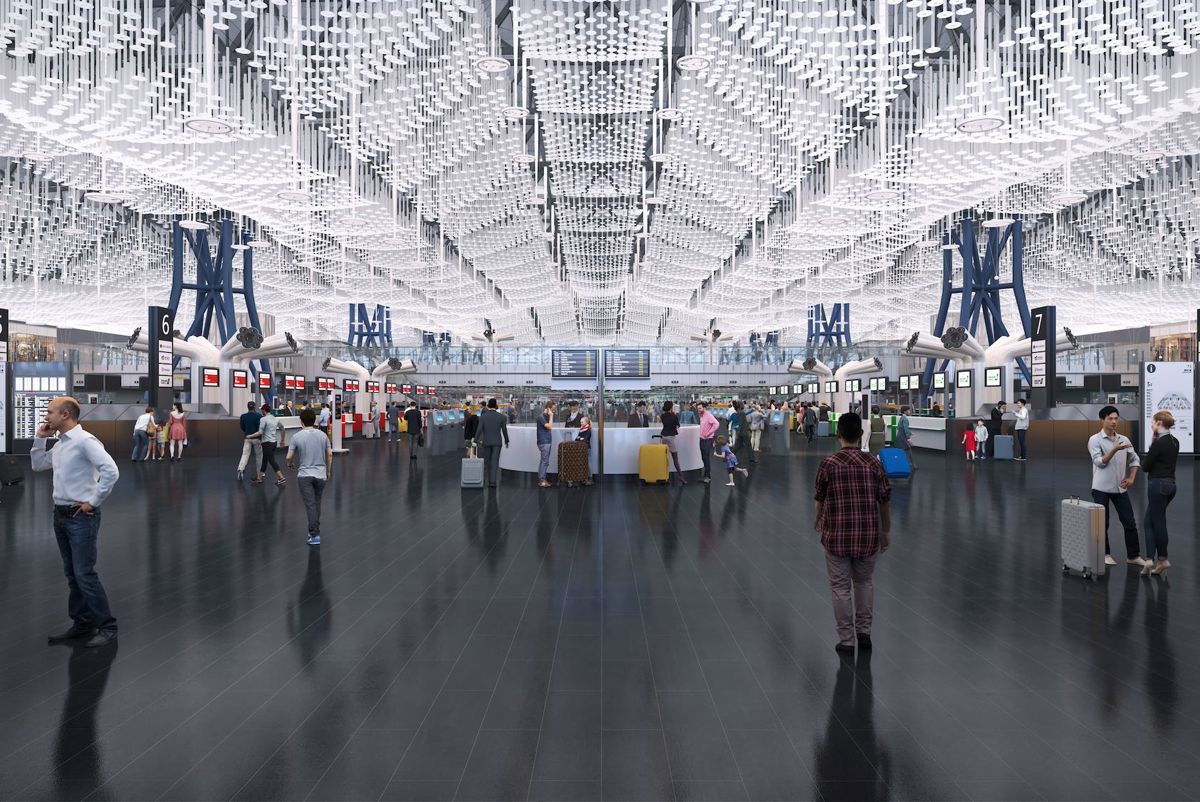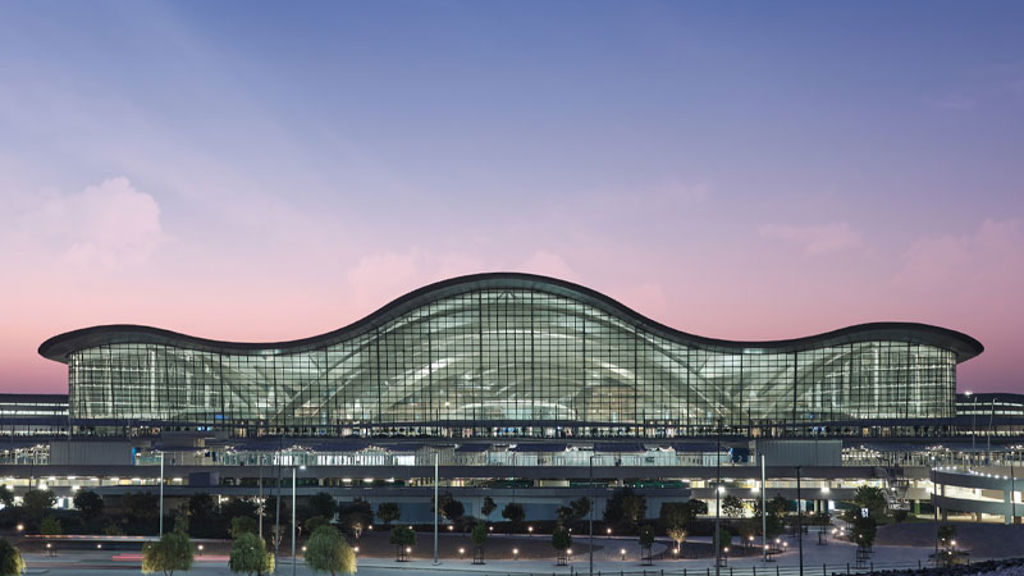Airport design and infrastructure
Arup has been at the leading edge of aviation infrastructure design for over 60 years, working on the physical design of airport structures, from control towers to passenger terminals, to cargo and maintenance facilities, and airfield assets such as runways, taxiways and aprons.

Our breadth of expertise in engineering, design, and operational performance makes us the perfect partner to successfully deliver aviation projects of any size that respond to increased demand for capacity and quality of passenger experience, while addressing sustainable development outcomes. We ensure our clients’ facilities and infrastructure are designed and operate optimally, through an insightful alignment of people, processes, physical assets, and technology, balancing commercial, social and environmental objectives.
Terminal 1 of San Francisco International Airport (SFO) was built in the early 1960s and renovated in the 1980s. However, in recent years, the aging terminal could not keep up with the demands of the millions of passengers who pass through it every year.
As the main engineer on the Boarding Area B design team, Arup was appointed as the primary designer for the airside elements of the project, including aviation planning, civil engineering, and sustainability consulting, in addition to building design services including mechanical, electrical, plumbing, and acoustics/audio-visual.
As the lead airside civil engineer for the project, we were also responsible for design of the 30-acre apron and taxiway reconfiguration, which was delivered in multiple stages.
With 25 aircraft gates, it is the first terminal in the world to earn LEED v4/4.1 1 BD+C New Construction Platinum certification.
Whichever part of the airport estate we are designing, we ensure that the scheme is cost effective, buildable, flexible, resilient, energy efficient, sustainable and offers the highest quality experience.
Opened in 2010, as a critical element in Ireland’s national transport infrastructure, Dublin Airport’s Terminal 2 (T2) was designed to improve the passenger experience, helping to boost the airport’s connectivity.
Our team adopted a user-centred approach for the airport terminal, designed to be flexible and to meet passengers’ changing needs. With a processing capacity of up to 15 million passengers per year, the terminal also incorporates a full US Customs and Border pre-clearance facility, greatly enhancing the experience of westbound passengers out of Dublin.
T2 formed the centrepiece of a five-year transformation programme at Dublin Airport to upgrade and modernise facilities, increasing capacity and enhancing the passenger experience. With almost all of Ireland’s long-haul carriers operating out of T2, the terminal has been vital to securing new routes and establishing the airport as the key gateway to the island. The terminal boasts a new pier, serving a total of 19 aircraft parking stands.
The terminal was recognised at the 2010 Structural Steel Design Awards, awarded the 2010 Public Building of the Year at the CMG Building & Design Awards and received the 2014 Association of Consulting Engineers of Ireland (ACEI) President’s Award.
Learn more
To find out more about our aviation experience and how we can help, download our aviation brochure.
Get in touch with our team
Explore
Discover more of our expertise:
Projects
Explore more aviation projects:

Helping London Gatwick assess carbon emissions to drive sustainable aviation
Carbon emissions study for London Gatwick, United Kingdom

Redefining Japan’s future airport city
Narita Airport City, Japan

Transforming the travel experience at Zayed International Airport
Zayed International Airport Terminal A, United Arab Emirates

Crafting a New York–inspired atmosphere for passengers traveling through JFK’s global gateway to the world
JFK New Terminal One Art, Branding, and Digital Experience Program, United States of America
Aviation
Arup is a global leader in airport master planning, airport terminal and support facility designs and many other specialist services the industry relies on.



